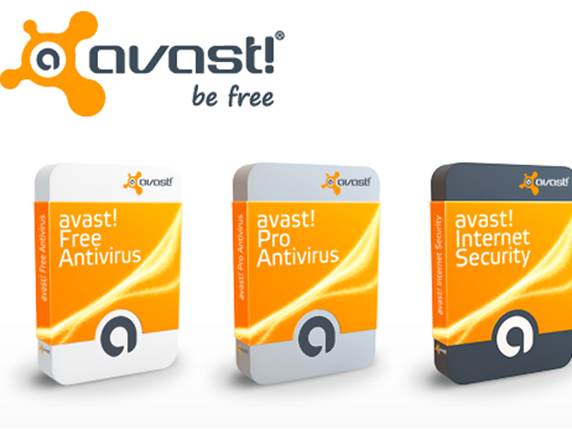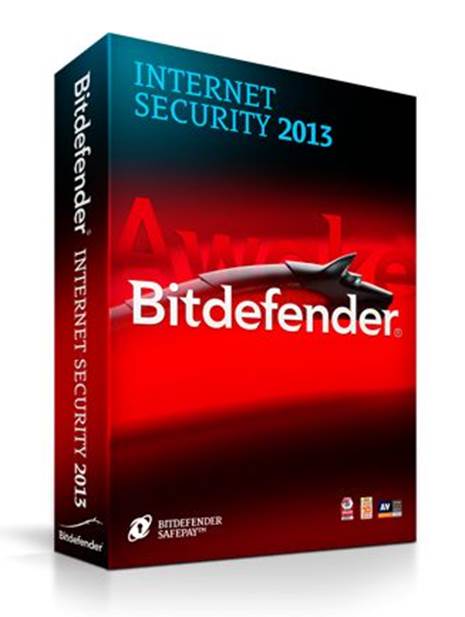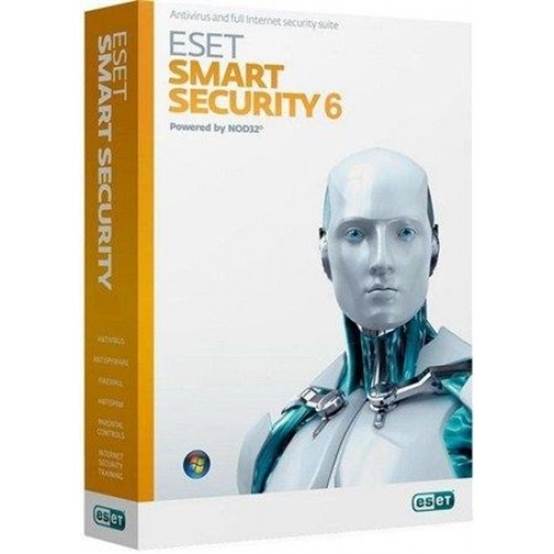Andy Shaw analyses the latest
anti-virus test results from Dennis Technology Labs to help you choose the best
security software to protect your PC
Your PC is a powerful tool, capable of
running a wide range of software. This versatility allows a huge variety of
programs to perform a dazzling array of tasks, but it also opens the way to
hackers and virus writers, eager to worm their way onto your computer.
All PCs need security software installed,
to guard against malware and viruses lurking on the internet. The best products
will block all the bad stuff, while letting the good stuff through, and won’t
bombard you with annoying requests that interfere with the smooth running of your
computer.
To help you decide the best security
software for your PC, we compared six paid-for products with three free ones.
The tests were performed over a three-month period by Dennis Technology Labs.
Each product was pitched against 100 malware-infected websites and 100 safe
programs, typical of the kind that Web User readers use on a regular basis.

AVG
AntiVirus Free 2013
How we tested
We performed two sets of tests between
April and June 2013. The first test looked at the quality of protection provided
by each security product when faced with the kind of malware you might normally
encounter while browsing the web. The second tested the security software for
false positives, which is when a security program wrongly stops you from
installing harmless software.
Each security product was installed on an
identical PC configured to run Windows XP with Service Pack 3 and Internet
Explorer 7. The specification is deliberately low because we wanted to be sure
that we were testing the security software, not the in-built ability of a
particular OS.
We then used each PC to access 100
websites, all of which have been found to contain live malware. These are
genuine sites, not ones we mocked up ourselves, and the malware they contain is
real. We recorded the response of each product to the malware it encountered,
logging any changes made to the Registry or the file system of the PC.
We also downloaded a suite of 100
legitimate programs. This was to test how good each security program was at
allowing legitimate software to install unhindered.
For more information on our testing
process, visit the Dennis Technology Labs website at www.dennistechnologylabs.com.

Avast
Free Antivirus7
Protection scores
Our chart on the right shows the general
level of protection provided by each security product when exposed to our 100
compromised websites. The protection score combines defended and neutralized
results (more on this in the section below) to show the total number of threats
successfully blocked by each security program.
Bitdefender Internet Security 2013 scored
the highest in the protection-scores test, because it kept our PC safe from
every single intrusion, stopping all 100 threats by either defending or neutralizing
them.
Kaspersky Internet Security 2013 and Norton
Internet Security 2013 let through one threat each, giving them both a
protection score of 99, while ESET Smart Security 6 protected against 98 out of
the 100.
Avast Free Antivirus 7 performed the best
out of the free software, blocking 97 of the threats, while AVG AntiVirus Free
2013 stopped 95. Trend Micro Internet Security 2013 also stopped 95 of the
threats.
At the bottom of the group, the free
Microsoft Security Essentials stopped 83 of the 100 threats it was exposed to,
while the paid-for McAfee Internet Security 2013 stopped just 82.

Bitdefender
Internet Security 2013
Protection details
Taking a closer look at the data from the
tests lets us find out exactly how a product protected our PC from each threat.
When a product ‘defends’ against a threat,
it stops a virus or malware program from running, so that it can’t install
anything on your PC and no changes are made as a result of it trying to run. A
‘neutralization’ is when the malware manages to make its way onto the PC, but
the security software spots the intrusion and eliminates it. Either way, the
security software has prevented a malware infection and kept the PC safe.
Defence, therefore, is preferable to
neutralization because a threat is disabled earlier and often requires no input
from the user: the security software just knows what to do and takes the
appropriate action. Neutralization allows malware to take a hold, and may need
intervention from the user, such as performing a manual scan.

ESET
Smart Security 6
The chart on the right shows how the
products handled the attacks and orders them according to their protection
scores. Of Bitdefender’s perfect protection rating in the previous chart, its
real-time scans blocked 92 of the threats, leaving eight to get through.
However, all eight of these were cleaned up by the time we’d rebooted and run a
manual virus scan.
Kaspersky and Norton were both compromised
by a single threat but they both did a better job than Bitdefender of
protecting the PCs in the first place, blocking 98 of the 100 threats before
the PC was affected in any way. In both cases, one threat was let through and
then neutralized, so the PC was restored to the state it was in before the
attack.
At the bottom end of the scale, Microsoft
Security Essentials was compromised by 17 threats, and McAfee let through 18.
Both failed to catch the malware in the initial stages of infection, and still
hadn’t found it after a manual scan. Of the two, McAfee did a better job of
catching malware in the first place, though it still only stopped 74 out of 100
threats.
Microsoft Security Essentials tied with AVG
AntiVirus Free as the worst at stopping threats before they took hold on the
PC. Both managed to block only 64 of the 100 threats we tested against.
However, AVG did a much better job of cleaning up afterwards, neutralizing 31
of the threats that got past it, leaving only five on the PC.